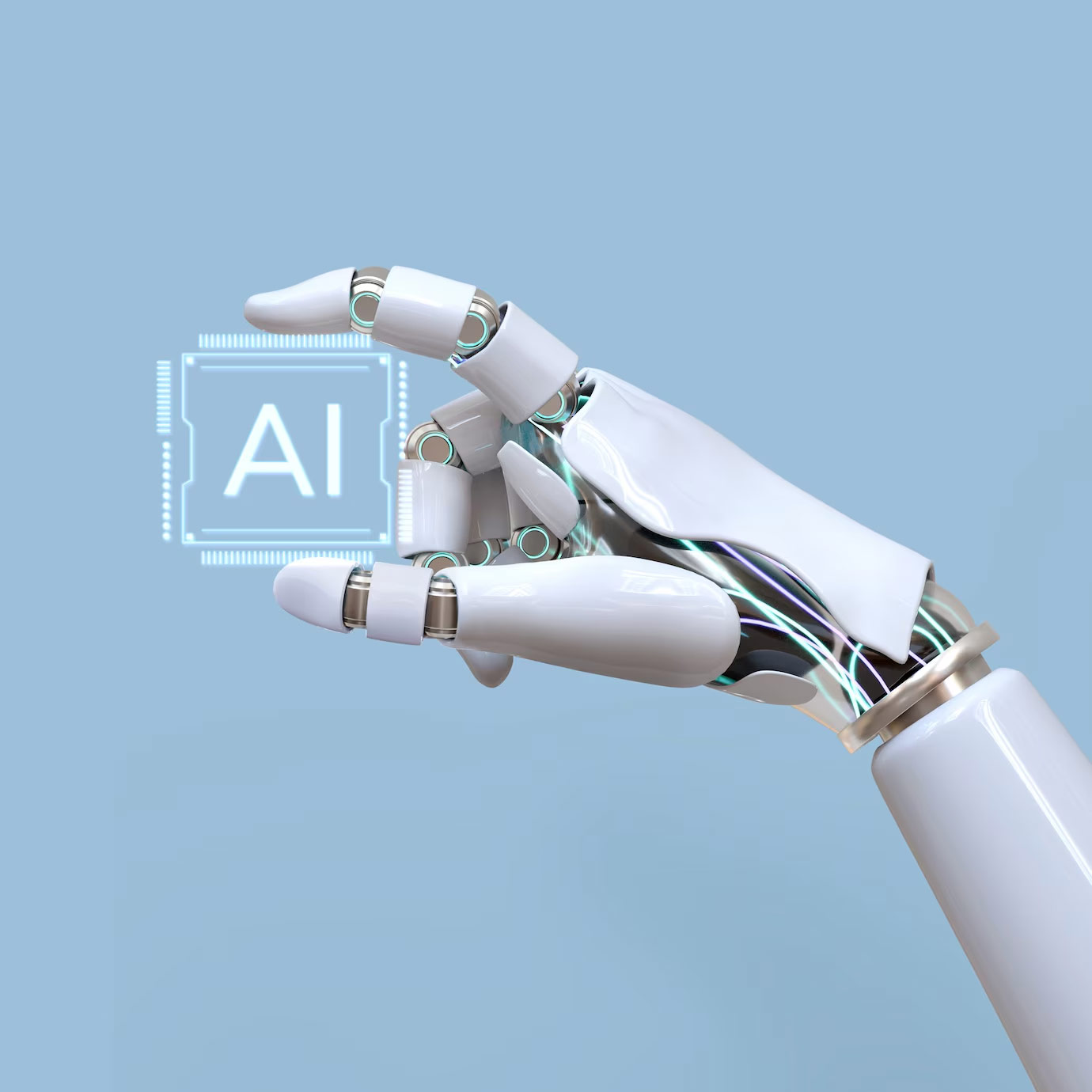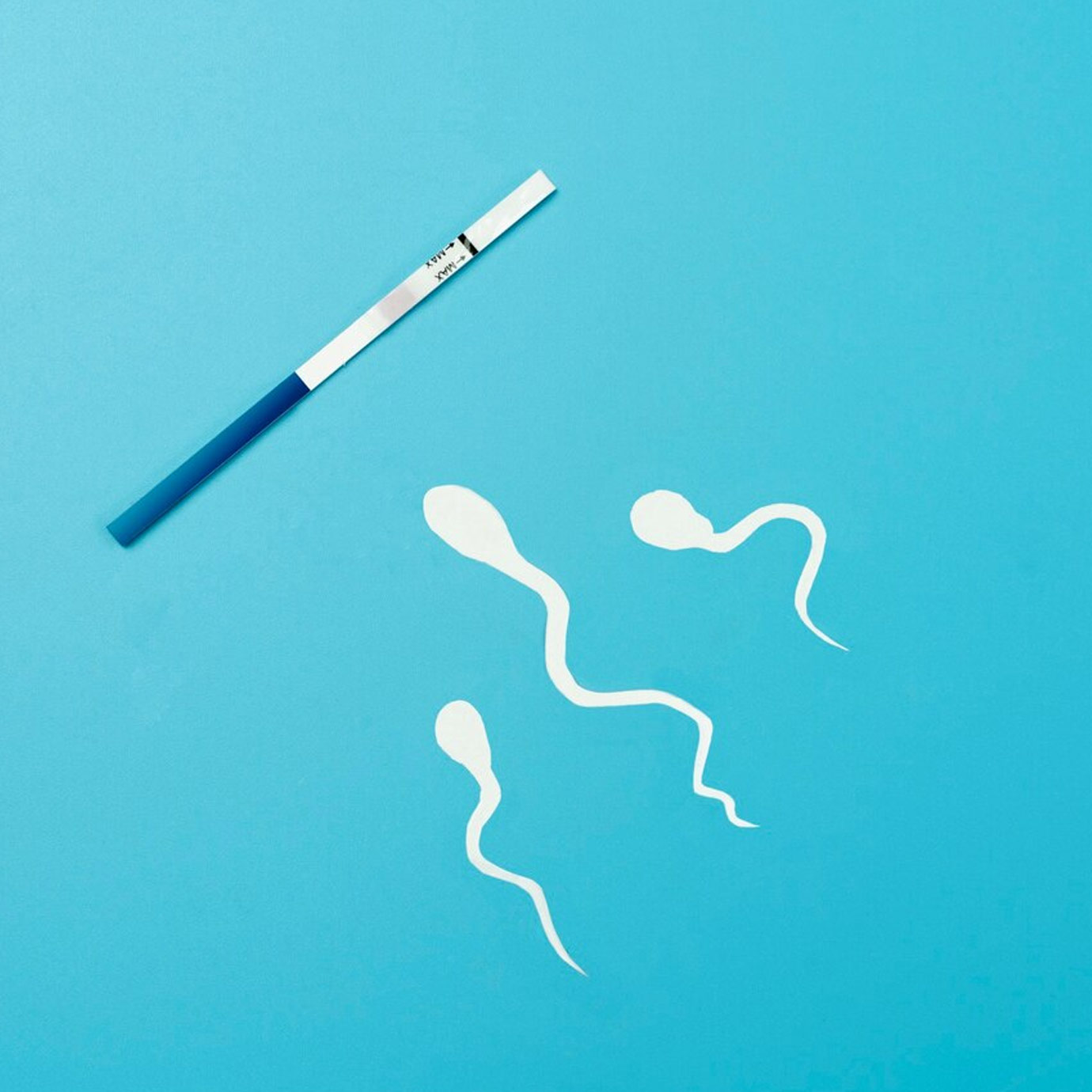Doctors at Columbia University Fertility Center have announced what they believe to be the first pregnancy achieved with the help of a new artificial intelligence system. The breakthrough came for a couple who had been trying to conceive for almost 20 years. So, what made this possible, and how was the technology developed? Let’s take a closer look.
AI Supports Human Birth For The First Time
In a significant breakthrough in reproductive science, experts at Columbia University Fertility Center have announced the first successful pregnancy using an advanced AI-powered technique called STAR (Sperm Tracking and Recovery).
According to The Times of India, the achievement was made possible through a technological innovation developed by Dr Zev Williams and his team to help overcome azoospermia. In this condition, no sperm is detectable in a man’s semen.

Over five years, the team created a system that merges artificial intelligence with microfluidic technology. The AI algorithm scans semen samples for any presence of sperm, while a fluidic chip channels the sample through a tiny plastic tubule. If the AI detects sperm, that minuscule portion is redirected to a separate tubule for collection. These rare sperm cells can then be frozen, stored, or used directly to fertilise an egg, offering new hope to couples struggling with severe male infertility.
“If you can look into a sky that’s filled with billions of stars and try to find a new one, or the birth of a new star, then maybe we can use that same approach to look through billions of cells and try to find that one specific one we are looking for,” said Williams as per TIME.
Don't Miss:Ever Wondered Where ChatGPT Gets Its Knowledge From? Let's Find Out How AI Becomes A Know-it-all

What Is Azoospermia?
Azoospermia is a medical condition in which a man’s ejaculate (semen) contains no measurable sperm. While semen may still be produced and released during ejaculation, it lacks sperm, which are typically made in the testicles and travel through the reproductive tract to mix with other fluids and form semen. Often described as having ‘no sperm count,’ this condition can be a major cause of male infertility. It can be caused by a variety of factors.
The most common cause is an obstruction or blockage in the reproductive tract that prevents sperm from being released into the semen.
Don't Miss:How Content Creators Are Using AI to Create Videos, Art, and More in 2025
Azoospermia often goes unnoticed until a couple faces difficulties conceiving. Most individuals don’t experience obvious symptoms, and the condition is usually discovered during fertility testing. However, in some cases, symptoms linked to the underlying cause may appear, such as reduced libido due to hormonal imbalances or a noticeable lump on the testicles caused by an infection or other medical issue.
Keep reading Herzindagi for more such stories.
Credits: Freepik

Take charge of your wellness journey—download the HerZindagi app for daily updates on fitness, beauty, and a healthy lifestyle!
Comments
All Comments (0)
Join the conversation